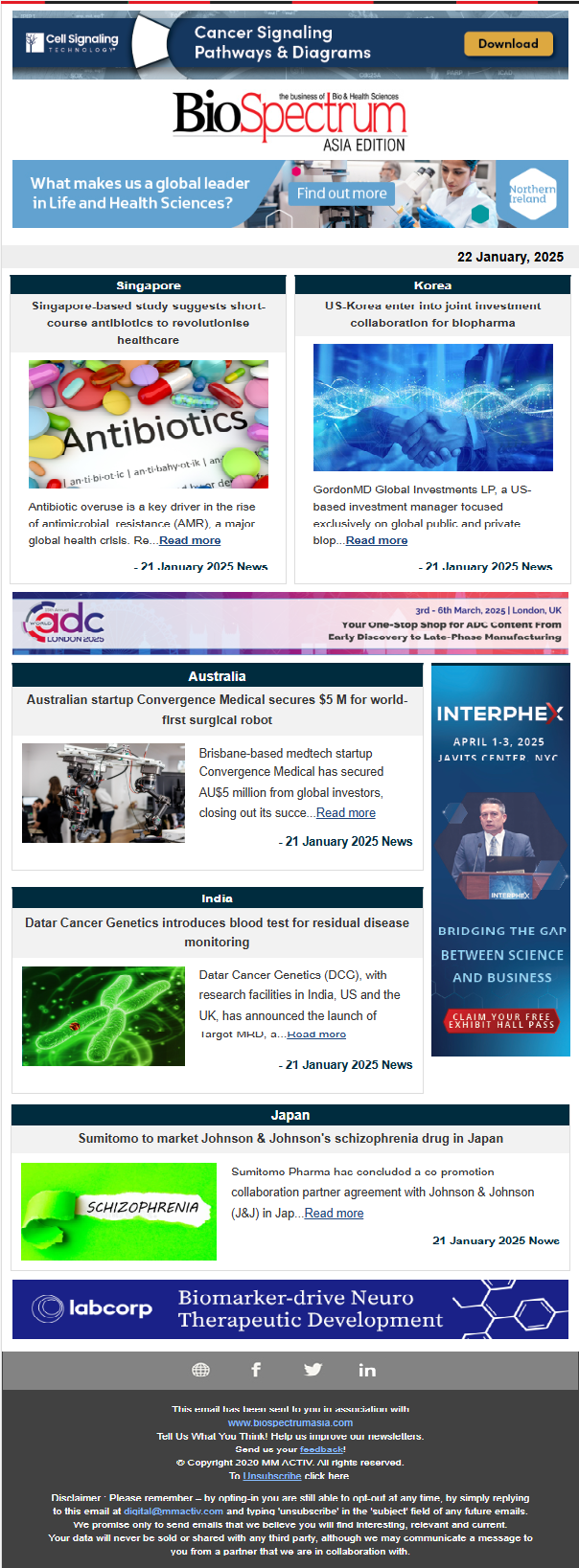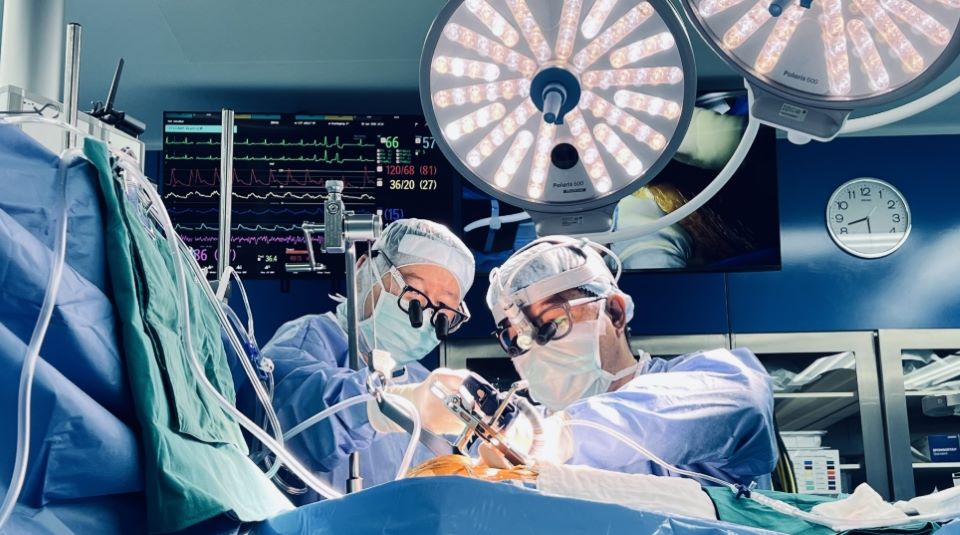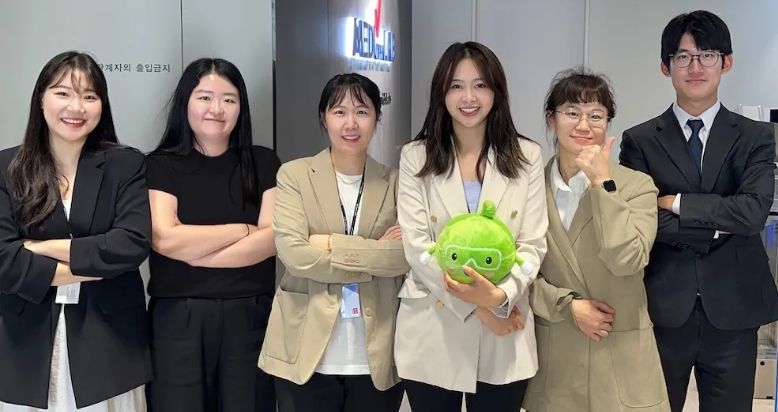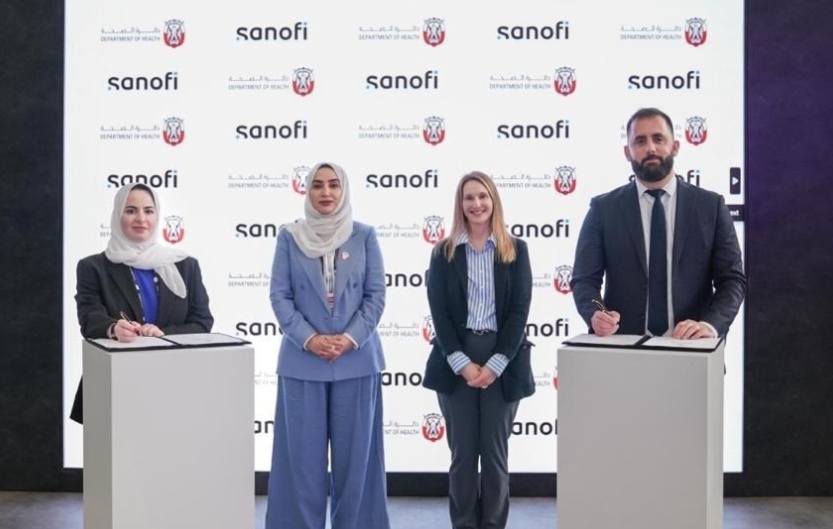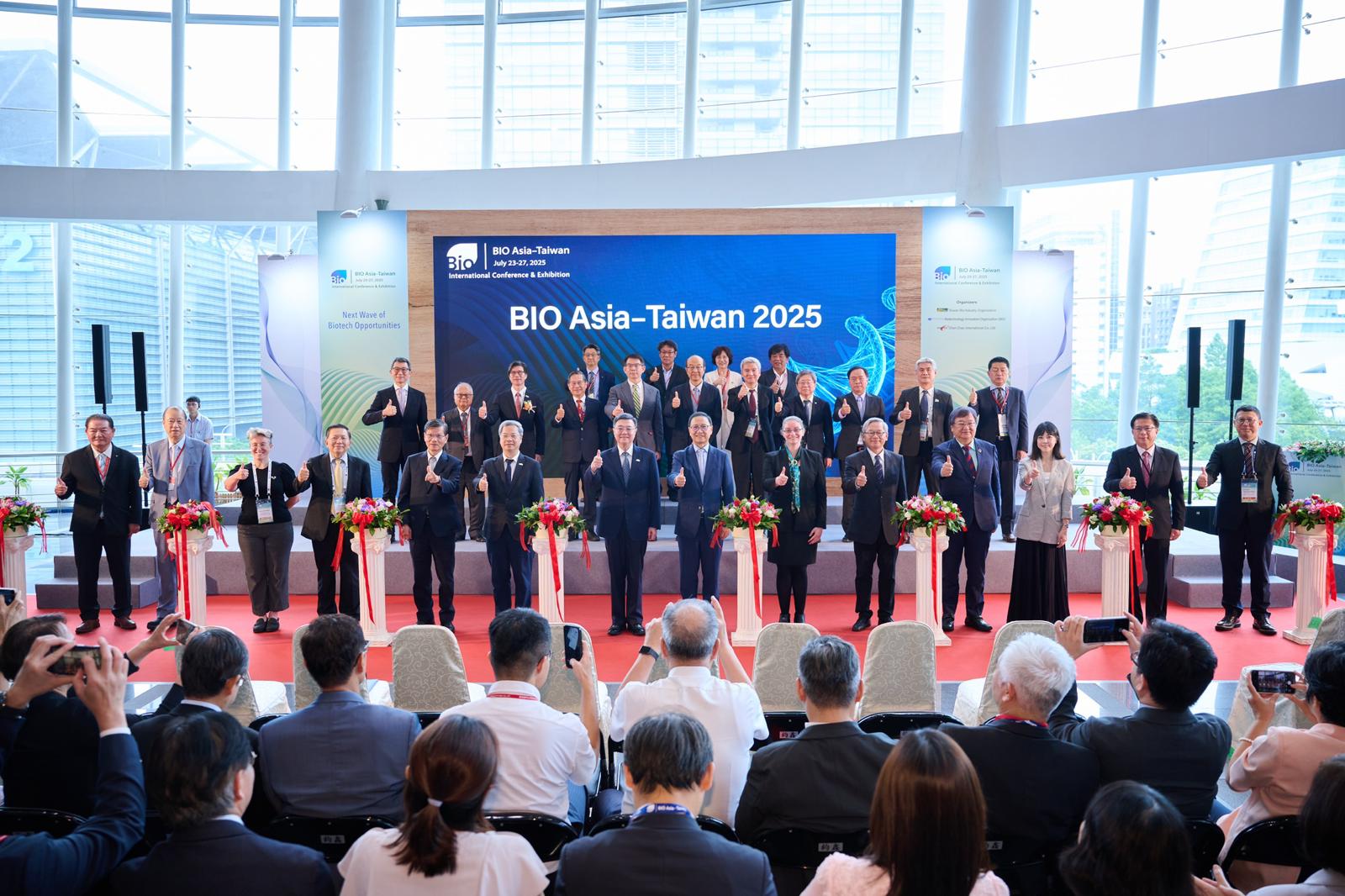
Day 2 of BIO Asia–Taiwan 2025 unfolded with palpable energy and a heightened sense of purpose as stakeholders from academia, industry, and investment converged to unpack the science, strategy, and partnerships driving the region’s biotechnology renaissance.
At the TaiNEX1 Innovation Forum, discussions began by exploring how artificial intelligence is revolutionising translational medicine. Delegates were captivated by case studies showcasing how deep learning models are accelerating biomarker identification and streamlining patient stratification for complex diseases. A key highlight came from Professor Min-Hao Lee of Taipei Medical University, who remarked, “AI is no longer a theoretical enhancement—it’s a clinical partner. We are seeing real-world impacts in oncology, neurology, and rare disease cohorts.”
Later in the forum, a spotlight on Taiwan’s BIO Award recipients revealed not just successful exits and regulatory milestones, but deeply human stories of perseverance. Leaders from award-winning firms such as OncoSure Therapeutics and BioXcell Taiwan spoke passionately about navigating the “valley of death” in early-stage development and the critical role of cross-border licensing deals. “Success is rarely linear in biotech,” noted Dr. Joanna Wu, CEO of BioXcell. “It’s about surviving the droughts, embracing iteration, and securing partnerships that believe in your science.”
As the economic climate grows more volatile, outsourcing strategies took centre stage in a candid discussion among CROs and biotech CEOs. The dialogue addressed shifting from low-cost models to value-anchored collaborations with global quality benchmarks. Jason Lin, Head of Strategy at BioBridge Asia, reflected: “The pandemic redrew our map. It’s no longer about who’s cheapest—it’s about who can deliver reliability, compliance, and speed.”
The afternoon deep-dived into therapeutic innovations rooted in antibody derivatives. Here, researchers shared pioneering work on bispecifics, nanobodies, and ADCs, highlighting their potential across oncology, immunology, and infectious diseases. Professor Reika Nakamoto from Kyoto Immunotech drew particular attention with preclinical data on a cross-disciplinary application of a novel antibody format showing dual activity against tumour and inflammatory targets. “We’re seeing a convergence—biology, chemistry, and engineering uniting to create molecules of the future,” she stated.
Meanwhile, over at TaiNEX2, the Investment Summit attracted a full house of investors, founders, and medtech veterans. The MedTech session laid bare the investment appetite for wearable diagnostics, remote monitoring devices, and AI-enabled imaging platforms. Venture capital leaders pointed to a shift from valuations driven by ‘tech hype’ to those backed by clinical data and regulatory maturity. Kevin Ng, a principal at SinoLife Capital, shared, “What we want to see now is validation. Digital health has matured—proof of outcome is the new gold standard.”
Emerging startups from across APAC showcased AI-powered portable imaging tools, non-invasive glucose monitors, and biosensors with real-time data streaming—each tailored to the region’s unique population health needs. The mood was optimistic, yet grounded in operational discipline and commercial foresight.
Across TaiNEX1, the Regional Collaboration Forum sparked meaningful conversations on harmonising biotech efforts across borders. The morning general session delved into policy alignments, with ASEAN and Northeast Asian representatives discussing shared regulatory roadmaps and talent mobility frameworks.
In a much-anticipated segment later in the day, Japan presented a vibrant showcase of its top-performing biotech companies. Delegates were introduced to novel mRNA platforms, regenerative medicine pipelines, and precision oncology ventures. The narrative was clear: Japan is actively opening its innovation pipeline to regional co-development. “Our goal is not just to export Japanese innovation,” said Hiroshi Takeda of JBioConnect, “but to co-create with partners across Asia.”
Elsewhere in TaiNEX1, a series of focused symposia captured the attention of scientists, clinicians, and regulatory professionals alike.
A full-day scientific meeting on regulatory T-cell (Treg) research unpacked the immunological and therapeutic dimensions of Tregs in treating autoimmune diseases and enabling transplant tolerance. Presenters discussed next-generation Treg engineering, including CAR-Treg strategies. Dr. Mei Chen from Stanford-Taipei Immunology Centre asserted, “Immunological balance is the cornerstone of sustainable therapies—and Tregs are our most elegant tool.”
At the Promega-hosted session, the emphasis was on biologics innovation through the lens of functional bioassays. Delegates explored the critical role of assay precision in validating complex modalities such as bispecific antibodies and checkpoint inhibitors. The session featured compelling data on automation-driven assay platforms tailored for high-throughput screening in both discovery and QC environments.
Simultaneously, another session examined next-generation approaches in drug development, from organ-on-chip systems to AI-guided molecule design. Presenters from industry and academia debated the right integration point for new tools into existing workflows. “Innovation isn’t just what you add—it’s knowing what to replace, when, and how,” said Dr. Samuel Khoo of A*STAR Biologics Lab, summing up the mood.
From digital health investments to breakthrough antibody platforms, Day 2 of BIO Asia–Taiwan 2025 presented a rich mosaic of perspectives and progress. The sessions not only highlighted the scientific and commercial maturation of Asia’s biotech sector but also reinforced the region’s identity as a collaborative powerhouse.
As momentum builds for Day 3, the spotlight turns to advanced therapies, regulatory evolution, and the next frontier in precision medicine—promising yet another day of breakthroughs, connection, and vision.
